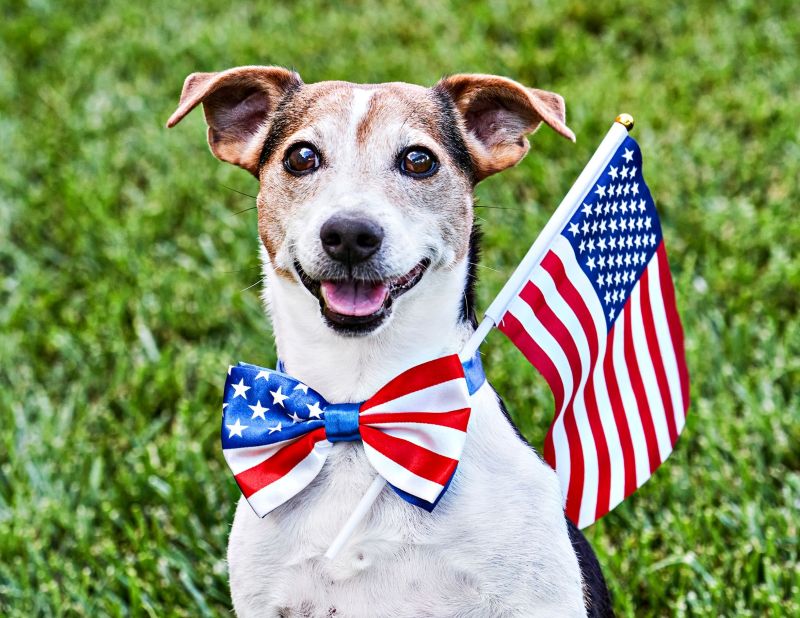Winter is a magical time of year, with snowflakes, holiday festivities, and cozy nights by the fire. But while the season brings joy to many, it also poses significant challenges for our furry companions. Dogs, regardless of breed or size, can be particularly vulnerable to winter weather conditions. Whether you manage a dog daycare, boarding facility, grooming service, or any other pet care business, it’s essential to keep canine winter safety at the forefront.
In this guide, we’ll explore how you can ensure the safety and well-being of the dogs under your care during the cold months, while also providing tips you can share with pet parents. Your facility can be a haven during winter, helping dogs stay warm, healthy, and protected from seasonal hazards.
1. Beware of Frostbite and Hypothermia: Understand the Warning Signs
Frostbite and hypothermia are two of the most dangerous winter threats to dogs. While some breeds are better equipped to handle cold weather than others, no dog is entirely immune to the effects of extreme cold. Frostbite occurs when the skin and underlying tissues freeze, often affecting areas like paws, ears, and tails. Hypothermia happens when a dog’s body temperature drops too low, leading to weakness, disorientation, and even life-threatening conditions.
Key Signs to Watch For:
- Frostbite: Pale, gray, or bluish skin, cold to the touch. In severe cases, the skin may become swollen, blistered, or develop ulcers.
- Hypothermia: Shivering, lethargy, stiffness, shallow breathing, or a weak pulse.
What You Can Do:
- Limit outdoor time: Dogs should only be outside for short periods in freezing temperatures, particularly small, short-haired, or senior dogs.
- Dress them warmly: Dog coats or sweaters are especially helpful for short-coated breeds or elderly dogs. Provide extra bedding inside your facility to keep them warm and comfortable.
- Emergency preparedness: If you suspect a dog is suffering from frostbite or hypothermia, move them to a warm environment immediately and seek veterinary attention.
2. Protect Their Paws: Avoid the Hidden Dangers of Snow and Ice
Winter landscapes may look beautiful, but they can be tough on a dog’s paws. Cold surfaces, ice, and salt can cause paw irritation, cracking, or even chemical burns. Additionally, snow and ice can accumulate between their toes, leading to discomfort or injuries. And don’t forget, some dogs will instinctively lick their paws, which can expose them to harmful de-icing chemicals.
Tips for Keeping Paws Safe:
- Booties to the rescue: Encourage pet parents to use dog booties, which protect paws from the cold, salt, and ice.
- Rinse paws after walks: At your facility, always wipe down or rinse off dogs’ paws after outdoor time to remove salt, chemicals, and ice buildup.
- Paw balm: Apply paw balms to soothe and protect dogs’ pads. These balms act as a barrier to the elements and help keep paw pads soft and hydrated.
3. Maintain Proper Hydration: Water Isn’t Just for Summer
It’s a common misconception that dogs need less water during the winter months. In reality, cold weather can be just as dehydrating as summer heat. The combination of dry indoor air and cold outdoor conditions can cause dogs to lose moisture quickly. Ensuring they remain well-hydrated is crucial for their health and energy levels.
How to Keep Dogs Hydrated:
- Check water bowls regularly: Water can freeze quickly, especially in outdoor play areas or kennel runs. Make sure fresh water is always available.
- Indoor hydration stations: If your facility is primarily indoors, set up hydration stations in warm, easily accessible areas. For larger spaces, consider multiple stations to avoid overcrowding.
- Monitor intake: Keep an eye on how much water each dog is drinking, especially if they’re showing signs of dehydration, like dry gums or excessive panting.
4. Monitor Winter Weight: Prevent Cold-Weather Pounds
While it’s natural to want to hunker down during the colder months, this reduced activity can lead to winter weight gain in dogs. The colder weather can decrease the amount of time dogs spend outdoors, and combined with the same food portions, this can result in extra pounds. Over time, weight gain can exacerbate joint issues, lead to obesity, and cause other health problems.
How to Keep Dogs Active and Fit Indoors:
- Encourage indoor play: At your facility, create designated play zones where dogs can burn off excess energy. Toys, obstacle courses, and even supervised group play can keep them active.
- Puzzle toys: Interactive toys that challenge a dog’s mind while rewarding them with treats are great for keeping them engaged and active indoors.
- Portion control: If a dog’s activity level drops significantly, work with pet parents to adjust food portions accordingly. Remind them that it’s important to monitor weight, especially for breeds prone to obesity.
Learn more about enrichment activities.
5. Stay Vigilant of Ice and Snow Hazards: Outdoor Safety Precautions
While dogs often love playing in the snow, winter weather can hide dangerous hazards beneath the surface. Sharp objects, hidden ice patches, or even deep snow can pose serious risks to a dog’s safety. Furthermore, slips and falls on icy surfaces can cause injuries, particularly in older dogs or those with joint issues.
Winter Outdoor Safety Tips:
- Shovel play areas regularly: If your facility has outdoor spaces, ensure they’re regularly cleared of snow and ice to prevent slips or injuries.
- Check for hidden dangers: Before letting dogs out, inspect the area for sharp objects, frozen debris, or even thin ice on bodies of water.
- Provide non-slip surfaces: Consider adding mats or non-slip surfaces to walkways and entrance areas to prevent accidents.
6. Comfort for Senior and Special-Needs Dogs: Extra Care in Cold Weather
Winter can be especially hard on senior dogs and those with existing health conditions like arthritis. Cold weather can stiffen joints and make movement painful. It’s essential to provide extra warmth and care to these dogs during the winter months.
Caring for Senior Dogs in Winter:
- Warm bedding: Offer extra blankets or heated beds to help senior dogs stay comfortable and warm while resting. Place bedding in draft-free areas to ensure they’re not exposed to cold air.
- Joint support: For dogs with arthritis or joint issues, consider providing orthopedic bedding or low-rise platforms to make it easier for them to get in and out of their resting spots.
- Limit outdoor time: Encourage pet parents to minimize time spent outdoors, especially when temperatures drop below freezing. Indoors, focus on gentle play and movement to keep their joints limber without over-exerting them.
Learn more about pet wellness.
7. Ensure Dogs Have Proper Identification: Prevent Winter Escapes
Winter can be a time of unexpected escapes—dogs may become disoriented in snowstorms or frightened by loud winter machinery like snowblowers or plows. With the holiday season in full swing, busy households and facilities can increase the risk of dogs slipping out unnoticed. Making sure every dog has up-to-date identification can be a lifesaver if they get lost.
Steps to Ensure Dogs are Properly Identified:
- Double-check collar tags: Ensure all dogs in your facility wear collars with identification tags that are legible and up to date.
- Microchipping: If a dog isn’t already microchipped, encourage pet parents to do so. Microchips greatly increase the chances of a safe return if a dog gets lost.
- Keep gates and doors secure: In snowy or icy conditions, gates can become stuck or less secure. Regularly check all entry points to prevent accidental escapes.
Conclusion: A Winter of Safety and Comfort
As a pet care professional, your role in ensuring the health and safety of dogs doesn’t take a break during the winter months. By staying mindful of these winter pet safety tips, you can help protect the dogs in your care from the challenges of the season. From safeguarding against frostbite to preventing paw damage, every small step you take contributes to the comfort and well-being of your furry clients.
At Kennel Connection, we understand how crucial it is to provide a safe environment for every dog that walks through your doors. With the right tools, resources, and awareness, your pet care facility can make winter a season of warmth, safety, and joy for both pets and their owners.



